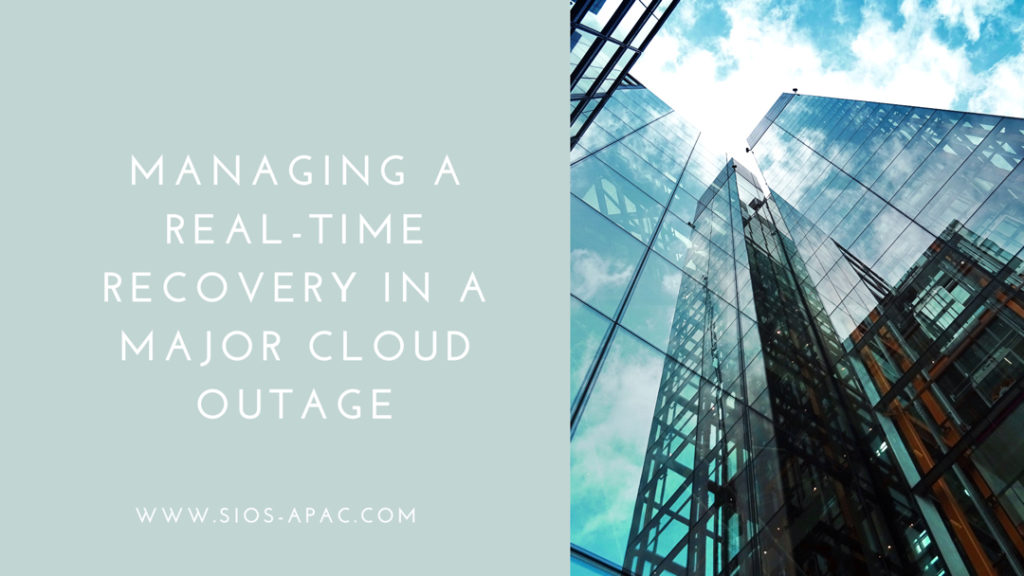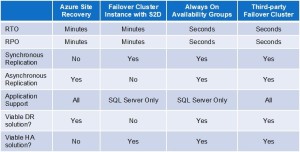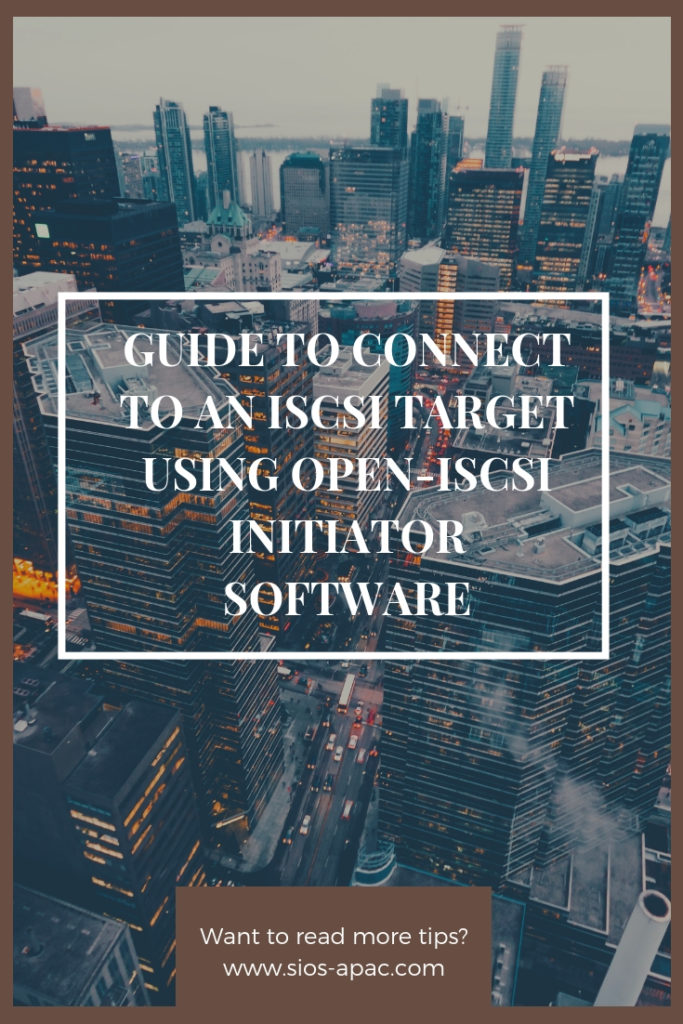How to Remove SIOS DataKeeper Storage from SIOS LifeKeeper
Greg Tucker, SIOS Senior Product (Windows) Support Engineer will demonstrate in this 3-minute video, how to properly remove SIOS DataKeeper storage from SIOS LifeKeeper.
It is highly recommended that you remove the DataKeeper resource from the cluster prior to removing DataKeeper.
At the end of the video, Greg shares the SIOS Support contact info in the event there are other questions or issues.





